Sleep Health
Published March 3, 2023
12 min11 Tips to Prevent Sleepwalking: Strategies for a Good Sleep
Sleepwalking, also known as somnambulism, is a type of sleep disorder that affects millions of people worldwide. While sleepwalking can be harmless, it can also pose a risk to your safety, especially
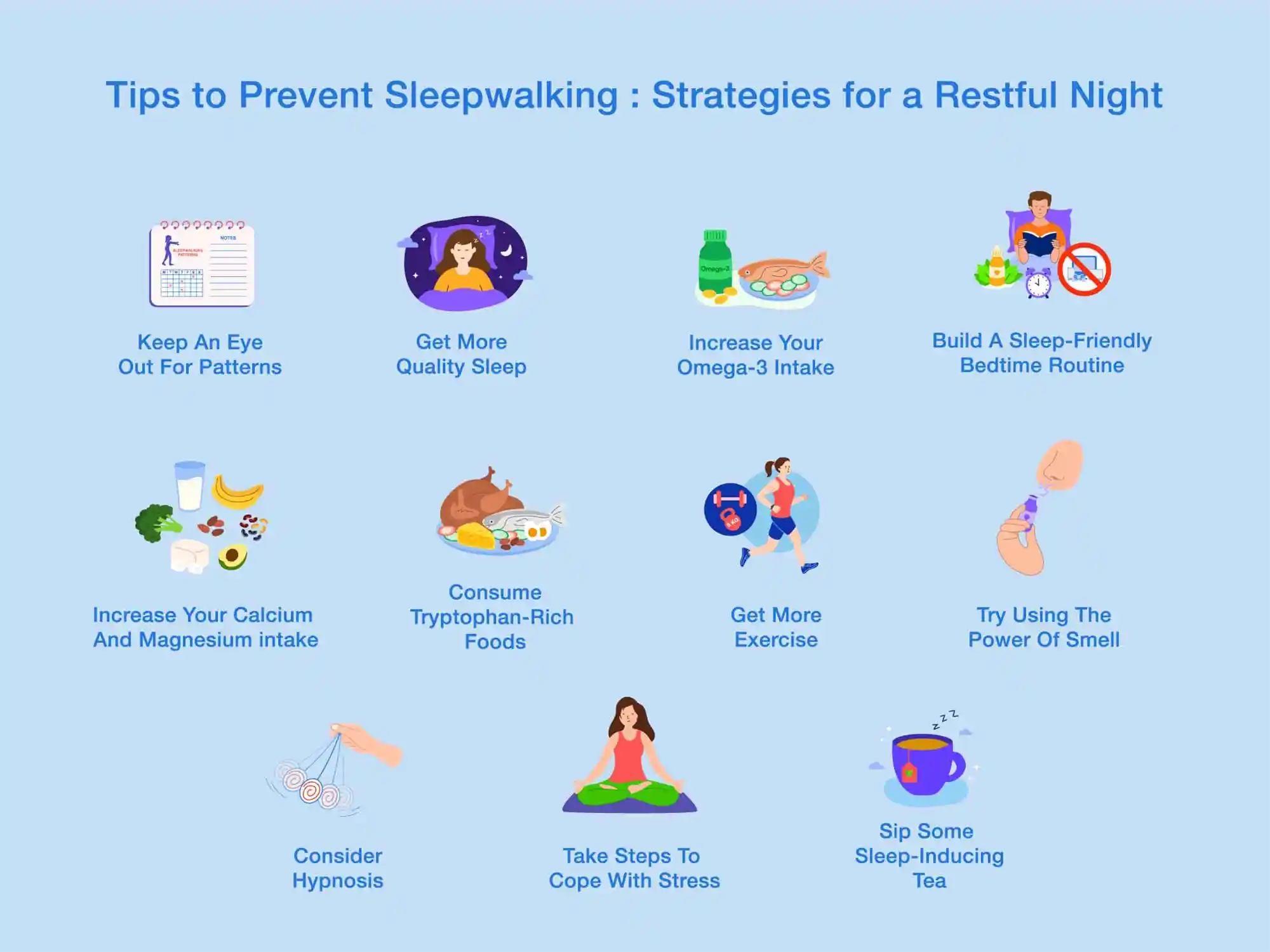
Table of contents
What is SleepwalkingWhat is Sleepwalking Why Do Microsleep Episodes Happen? How to Stop Sleepwalking How to Protect a Sleepwalker?When to See A Doctor? Frequently Asked Questions
Sleepwalking, also known as somnambulism, is a type of sleep disorder that affects millions of people worldwide. While sleepwalking can be harmless, it can also pose a risk to your safety , especially if you wander outside or engage in dangerous activities without realizing it. If you're a sleepwalker, you're not alone.In fact, it's estimated that up to 18% of people have experienced sleepwalking at some point in their lives. In this article, we'll explore what causes sleepwalking and how to stop sleepwalking.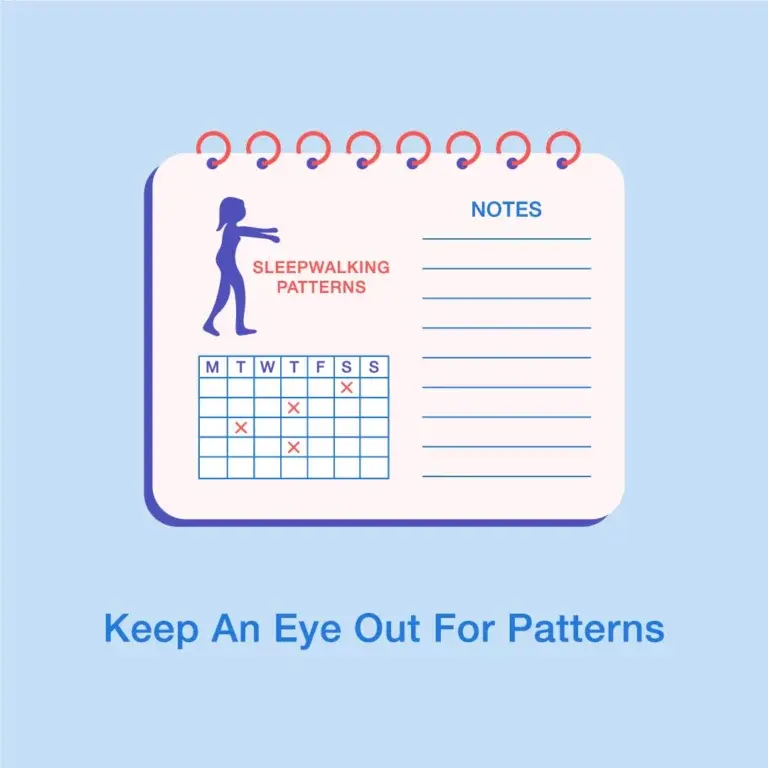 Try to identify any patternsthat may be causing sleepwalking. Keeping a sleep diary to track your episodes can help identify any triggers. Once you have identified the possible cause of sleepwalking, it becomes easier to anticipate and prevent its occurrence in the future.
Try to identify any patternsthat may be causing sleepwalking. Keeping a sleep diary to track your episodes can help identify any triggers. Once you have identified the possible cause of sleepwalking, it becomes easier to anticipate and prevent its occurrence in the future.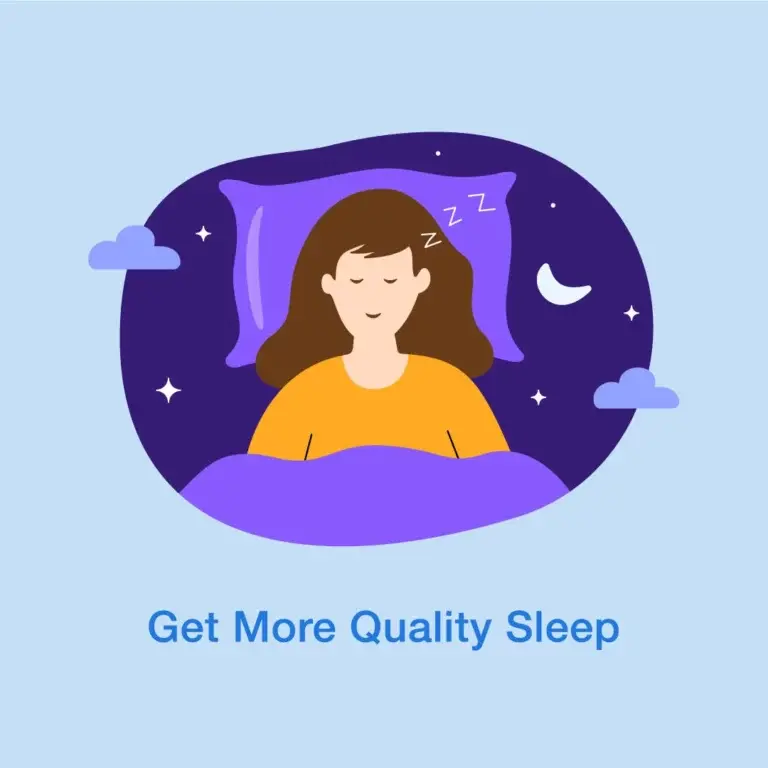 Ensure you are getting enough sleep and that your sleep environment is conducive to quality sleep. Ensure your room is dark, quiet, and cool, and avoid using electronics before bedtime. Consider incorporating relaxation techniques such as meditation or deep breathing exercises.
Ensure you are getting enough sleep and that your sleep environment is conducive to quality sleep. Ensure your room is dark, quiet, and cool, and avoid using electronics before bedtime. Consider incorporating relaxation techniques such as meditation or deep breathing exercises.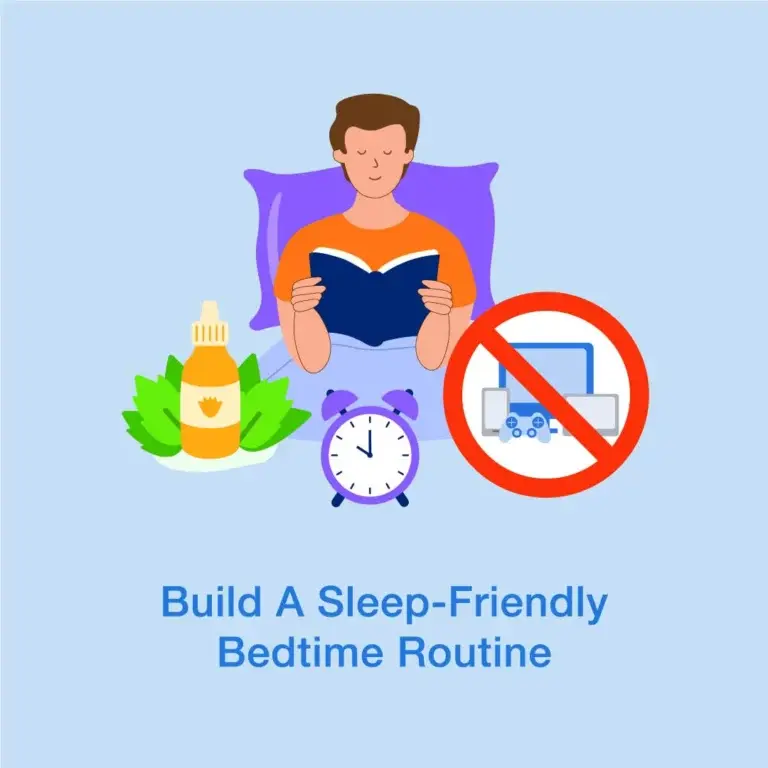 Establishing a regular bedtime routine that helps you relax and wind down before sleep can also help reduce the likelihood of sleepwalking. Some sleep-friendly activities include taking a warm bath, reading a book, or listening to calming music. Avoid stimulating activities before bed, such as watching TV or using electronic devices.
Establishing a regular bedtime routine that helps you relax and wind down before sleep can also help reduce the likelihood of sleepwalking. Some sleep-friendly activities include taking a warm bath, reading a book, or listening to calming music. Avoid stimulating activities before bed, such as watching TV or using electronic devices. Regular exercise can help improve sleep quality and reduce the likelihood of sleepwalking.Ensure you complete your workout a few hours before bedtime to allow your body to relax. Provided you avoid any demanding physical activity at least an hour before going to bed, exercising in the evening is still an option.
Regular exercise can help improve sleep quality and reduce the likelihood of sleepwalking.Ensure you complete your workout a few hours before bedtime to allow your body to relax. Provided you avoid any demanding physical activity at least an hour before going to bed, exercising in the evening is still an option.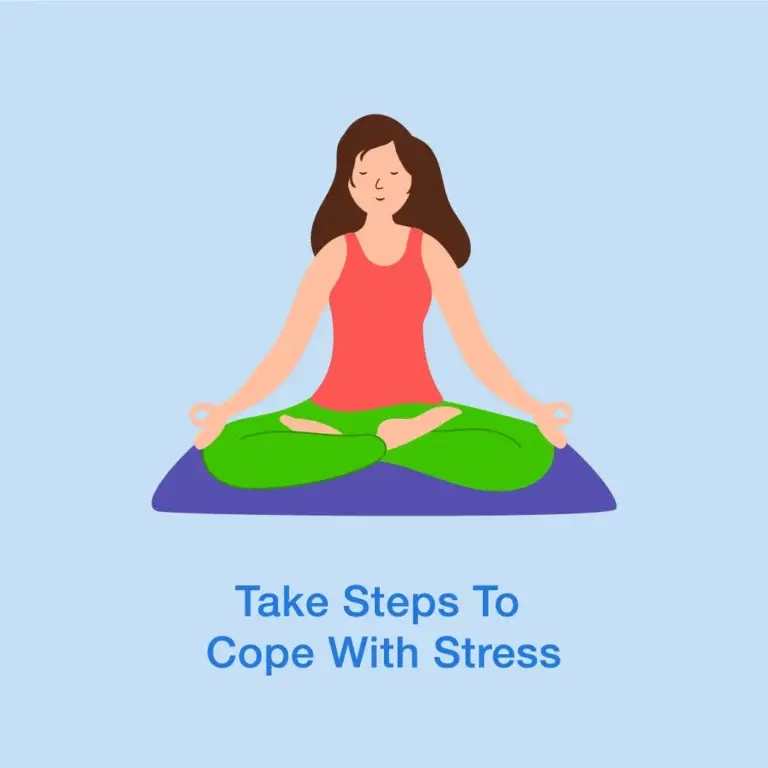 Excessive stress can lead to racing thoughts and difficulty falling and staying asleep.Finding healthy ways to cope with stress , such as practicing yoga, meditation, or deep breathing exercises, can help reduce the likelihood of sleepwalking.
Excessive stress can lead to racing thoughts and difficulty falling and staying asleep.Finding healthy ways to cope with stress , such as practicing yoga, meditation, or deep breathing exercises, can help reduce the likelihood of sleepwalking. Certain scents, such as lavender or chamomile, are known for their relaxing properties and can help promote quality sleep. Use aromatherapy , such as essential oils, to help you relax before bed. However, be careful not to use scents that may be stimulating or triggering.
Certain scents, such as lavender or chamomile, are known for their relaxing properties and can help promote quality sleep. Use aromatherapy , such as essential oils, to help you relax before bed. However, be careful not to use scents that may be stimulating or triggering. Calcium and magnesium are essential minerals for muscle relaxation and can help reduce the likelihood of sleepwalking. You can increase your intake through diet or supplements. Good dietary sources of calcium and magnesium include dark leafy greens, nuts, and dairy products.
Calcium and magnesium are essential minerals for muscle relaxation and can help reduce the likelihood of sleepwalking. You can increase your intake through diet or supplements. Good dietary sources of calcium and magnesium include dark leafy greens, nuts, and dairy products. Omega-3 fatty acids can help promote quality sleep and reduce the likelihood of sleepwalking. You can increase your intake through foods like fatty fish, nuts, and seeds or through supplements.
Omega-3 fatty acids can help promote quality sleep and reduce the likelihood of sleepwalking. You can increase your intake through foods like fatty fish, nuts, and seeds or through supplements. Tryptophan is an amino acid that helps produce the sleep hormone melatonin. Foods like turkey, milk, and bananas are rich in tryptophan and can help promote quality sleep. However, avoid consuming heavy meals close to bedtime.
Tryptophan is an amino acid that helps produce the sleep hormone melatonin. Foods like turkey, milk, and bananas are rich in tryptophan and can help promote quality sleep. However, avoid consuming heavy meals close to bedtime.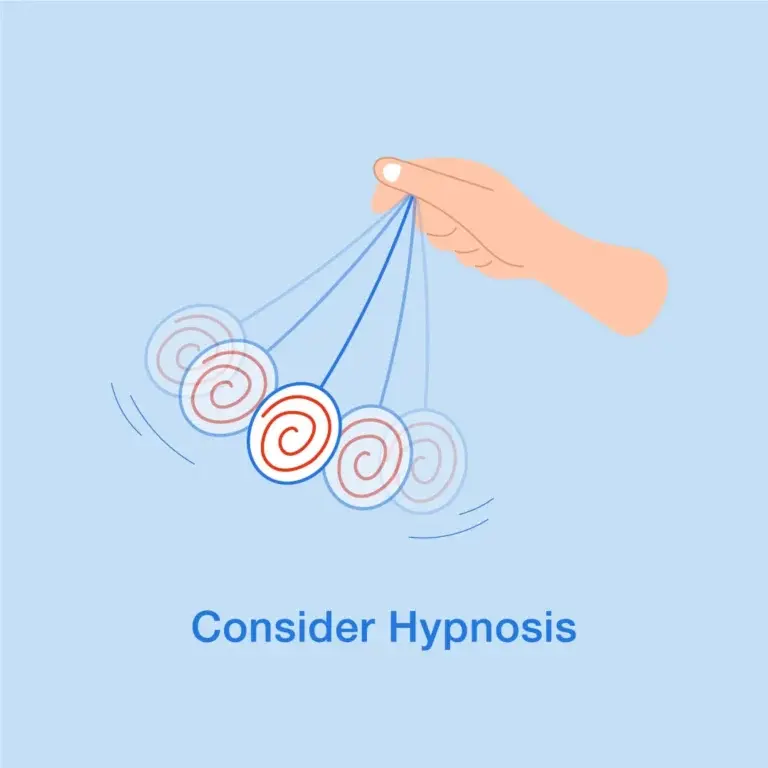 Hypnosis can help address underlying psychological factors that may be contributing to sleepwalking. Consult a qualified hypnotherapist for guidance on this treatment option.
Hypnosis can help address underlying psychological factors that may be contributing to sleepwalking. Consult a qualified hypnotherapist for guidance on this treatment option.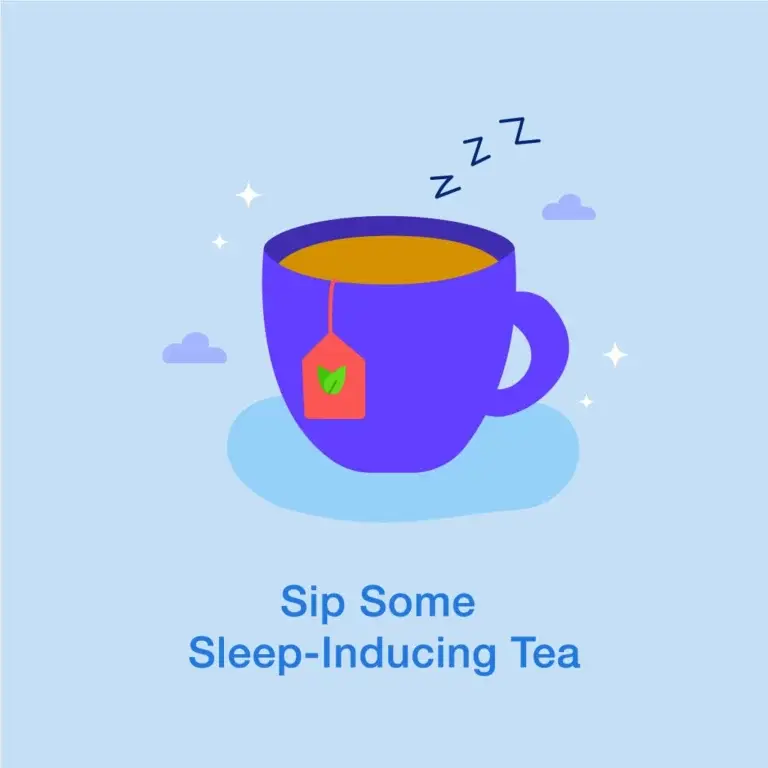 Certain herbal teas, such as chamomile and valerian root, have calming properties that can promote quality sleep and reduce the likelihood of sleepwalking. However, avoid consuming caffeine -containing teas before bed as this can interfere with quality sleep.
Certain herbal teas, such as chamomile and valerian root, have calming properties that can promote quality sleep and reduce the likelihood of sleepwalking. However, avoid consuming caffeine -containing teas before bed as this can interfere with quality sleep.
What is Sleepwalking
Sleepwalking, or somnambulism, is a type of sleep disorder that occurs during the non-REM (rapid eye movement) stage of sleep. It is characterized by complex movements or behaviors that a person performs while asleep.During a sleepwalking episode, a person may sit up in bed, walk around, talk, or perform activities such as getting dressed or even driving a car, all while being completely unaware of their actions.Sleepwalking episodes can last from a few seconds to 30 minutes or more and typically occur during the first few hours of sleep.Sleepwalking can be a harmless, occasional occurrence. Still, in some cases, it can pose a risk to the individual's safety, especially if they engage in activities such as cooking, using sharp objects, driving or leaving their home.What Are the Causes of Sleepwalking?
A variety of factors can cause sleepwalking; some of the most common causes of sleepwalking are:- Genetics and family history: Sleepwalking tends to run in families, suggesting that there may be a genetic component to the disorder.
- Sleep deprivation: Lack of sleep or poor sleep quality can disrupt the normal sleep cycle and increase the risk of sleepwalking. People who work night shifts or have irregular sleep schedules are particularly susceptible.
- Medications: Certain medications, such as sedatives, antihistamines, and hypnotics, can increase the likelihood of sleepwalking.
- Alcohol: Alcohol consumption can disrupt the normal sleep cycle and increase the likelihood of sleepwalking.
- Brain injury: Traumatic brain injury or other types of brain damage can increase the risk of sleepwalking. These injuries can disrupt the brain's normal functioning, including the sleep-wake cycle.
- Fever: High fever, especially in kids, can trigger sleepwalking episodes.
- Obstructive sleep apnea (OSA): OSA is a condition in which breathing is briefly interrupted during sleep, disrupting the normal sleep cycle and increasing the risk of sleepwalking.
- Restless Leg Syndrome (RLS): RLS is a condition that causes an uncontrollable urge to move the legs, which can disrupt sleep and increase the risk of sleepwalking.
- Stress: High levels of stress or anxiety can disrupt the normal sleep cycle and increase the likelihood of sleepwalking.
What is Sleepwalking
The word futon actually means ‘round cushions made with leaves or flower fillings’ and if you see the structure of a futon it pretty much explains it. ‘Futon’ is also a Japanese word for bed. The world came to know about futon in the early 1900s while it has been a part of the Japanese lifestyle for centuries. If you ever get to visit a Japanese home you won’t find a bed in their house and that is because their beds or futons are kept folded and tucked into a large closet when not in use. The beauty about using a futon is you can arrange it anywhere in the house, whenever you need it. This bedding is usually placed on the ground without a bed frame. Hence the padding has to be a bit fluffy to support your back while you sleep on it.Why Do Microsleep Episodes Happen?
Microsleep is a condition that occurs without any warning. So, let’s take a look at the common micro sleep causes.Sleepiness
One of the main triggers of a microsleep episode is sleep deprivation. When you don’t get enough sleep at night, you may experience extreme drowsiness. Therefore, looking for any sleep deprivation symptoms, such as microsleep, is essential. People who have a consistent bedtime sleep routine and go through sleeplessness are more prone to microsleep episodes.Shift Work
When you work rotational shifts, you may not get the required daily sleep. Your new sleep patterns may confuse your circadian rhythm and can make it difficult for you to fall asleep. In fact, as per research, people who work evening and night shifts are more prone to mistakes at work and even accidents. It was also seen in another study that night shifts can slower the reaction time.Sleep Disorders and Medications
Certain drugs, such as sleep medication can induce drowsiness once you wake up and can put you at risk of microsleep. Also, microsleep can be a symptom of certain sleep disorders, such as insomnia, sleep apnea, and narcolepsy.Boredom and Normal Circadian Slumps
When performing boring tasks that take a repetitive routine can lead to drowsiness and even microsleep. These tasks include long drives, riding on a plane or train, and even stationary work. It can occur even after a good night’s rest because circadian rhythm may dip down at certain times during the day, such as in the afternoon.How to Stop Sleepwalking
If you have sleepwalking symptoms, check out these treatments or tips on how to stop sleepwalking:Keep an eye out for patterns
 Try to identify any patternsthat may be causing sleepwalking. Keeping a sleep diary to track your episodes can help identify any triggers. Once you have identified the possible cause of sleepwalking, it becomes easier to anticipate and prevent its occurrence in the future.
Try to identify any patternsthat may be causing sleepwalking. Keeping a sleep diary to track your episodes can help identify any triggers. Once you have identified the possible cause of sleepwalking, it becomes easier to anticipate and prevent its occurrence in the future.Get more quality sleep
 Ensure you are getting enough sleep and that your sleep environment is conducive to quality sleep. Ensure your room is dark, quiet, and cool, and avoid using electronics before bedtime. Consider incorporating relaxation techniques such as meditation or deep breathing exercises.
Ensure you are getting enough sleep and that your sleep environment is conducive to quality sleep. Ensure your room is dark, quiet, and cool, and avoid using electronics before bedtime. Consider incorporating relaxation techniques such as meditation or deep breathing exercises.Build a sleep-friendly bedtime routine
 Establishing a regular bedtime routine that helps you relax and wind down before sleep can also help reduce the likelihood of sleepwalking. Some sleep-friendly activities include taking a warm bath, reading a book, or listening to calming music. Avoid stimulating activities before bed, such as watching TV or using electronic devices.
Establishing a regular bedtime routine that helps you relax and wind down before sleep can also help reduce the likelihood of sleepwalking. Some sleep-friendly activities include taking a warm bath, reading a book, or listening to calming music. Avoid stimulating activities before bed, such as watching TV or using electronic devices.Get more exercise
 Regular exercise can help improve sleep quality and reduce the likelihood of sleepwalking.Ensure you complete your workout a few hours before bedtime to allow your body to relax. Provided you avoid any demanding physical activity at least an hour before going to bed, exercising in the evening is still an option.
Regular exercise can help improve sleep quality and reduce the likelihood of sleepwalking.Ensure you complete your workout a few hours before bedtime to allow your body to relax. Provided you avoid any demanding physical activity at least an hour before going to bed, exercising in the evening is still an option.Take steps to cope with stress
 Excessive stress can lead to racing thoughts and difficulty falling and staying asleep.Finding healthy ways to cope with stress , such as practicing yoga, meditation, or deep breathing exercises, can help reduce the likelihood of sleepwalking.
Excessive stress can lead to racing thoughts and difficulty falling and staying asleep.Finding healthy ways to cope with stress , such as practicing yoga, meditation, or deep breathing exercises, can help reduce the likelihood of sleepwalking.Try using the Power of Smell
 Certain scents, such as lavender or chamomile, are known for their relaxing properties and can help promote quality sleep. Use aromatherapy , such as essential oils, to help you relax before bed. However, be careful not to use scents that may be stimulating or triggering.
Certain scents, such as lavender or chamomile, are known for their relaxing properties and can help promote quality sleep. Use aromatherapy , such as essential oils, to help you relax before bed. However, be careful not to use scents that may be stimulating or triggering.Increase your calcium and magnesium intake
 Calcium and magnesium are essential minerals for muscle relaxation and can help reduce the likelihood of sleepwalking. You can increase your intake through diet or supplements. Good dietary sources of calcium and magnesium include dark leafy greens, nuts, and dairy products.
Calcium and magnesium are essential minerals for muscle relaxation and can help reduce the likelihood of sleepwalking. You can increase your intake through diet or supplements. Good dietary sources of calcium and magnesium include dark leafy greens, nuts, and dairy products.Increase your Omega-3 intake
 Omega-3 fatty acids can help promote quality sleep and reduce the likelihood of sleepwalking. You can increase your intake through foods like fatty fish, nuts, and seeds or through supplements.
Omega-3 fatty acids can help promote quality sleep and reduce the likelihood of sleepwalking. You can increase your intake through foods like fatty fish, nuts, and seeds or through supplements.Consume Tryptophan-Rich Foods
 Tryptophan is an amino acid that helps produce the sleep hormone melatonin. Foods like turkey, milk, and bananas are rich in tryptophan and can help promote quality sleep. However, avoid consuming heavy meals close to bedtime.
Tryptophan is an amino acid that helps produce the sleep hormone melatonin. Foods like turkey, milk, and bananas are rich in tryptophan and can help promote quality sleep. However, avoid consuming heavy meals close to bedtime.Consider Hypnosis
 Hypnosis can help address underlying psychological factors that may be contributing to sleepwalking. Consult a qualified hypnotherapist for guidance on this treatment option.
Hypnosis can help address underlying psychological factors that may be contributing to sleepwalking. Consult a qualified hypnotherapist for guidance on this treatment option.Sip some Sleep-Inducing Tea
 Certain herbal teas, such as chamomile and valerian root, have calming properties that can promote quality sleep and reduce the likelihood of sleepwalking. However, avoid consuming caffeine -containing teas before bed as this can interfere with quality sleep.
Certain herbal teas, such as chamomile and valerian root, have calming properties that can promote quality sleep and reduce the likelihood of sleepwalking. However, avoid consuming caffeine -containing teas before bed as this can interfere with quality sleep.How to Protect a Sleepwalker?
f you have a family member who sleepwalks, it's essential to take steps to protect them from harm.Here are some tips to help protect a sleepwalker:- Set up an impromptu alarm: Consider installing a bell or motion sensor on the bedroom door to alert you when the person is on the move.
- Keep windows and doors locked and bolted: This can prevent the person from wandering outside while sleepwalking.
- Keep dangerous objects out of reach: Make sure that items such as knives, scissors, or sharp tools are stored away.
- Remove clutter from the floors: This will help prevent the person from tripping and falling.
- Hang onto the car keys: Sleepwalkers have been known to accidentally drive while sleepwalking, so keeping the car keys away from them is essential.
- Take extra precautions for children: For children who sleepwalk, put up safety gates and remove anything they could use to climb out of a window.
When to See A Doctor?
While occasional sleepwalking may not necessarily be a cause for concern, persistent or frequent episodes may indicate an underlying sleep disorder that requires medical attention.You should consider seeing a doctor if:- You experience frequent episodes of sleepwalking.
- You engage in dangerous behaviors while sleepwalking.
- You get injured during a sleepwalking episode.
- You have trouble sleeping or are experiencing other symptoms such as daytime fatigue, headaches, or difficulty concentrating.
- You are experiencing this for the first time as an adult.











